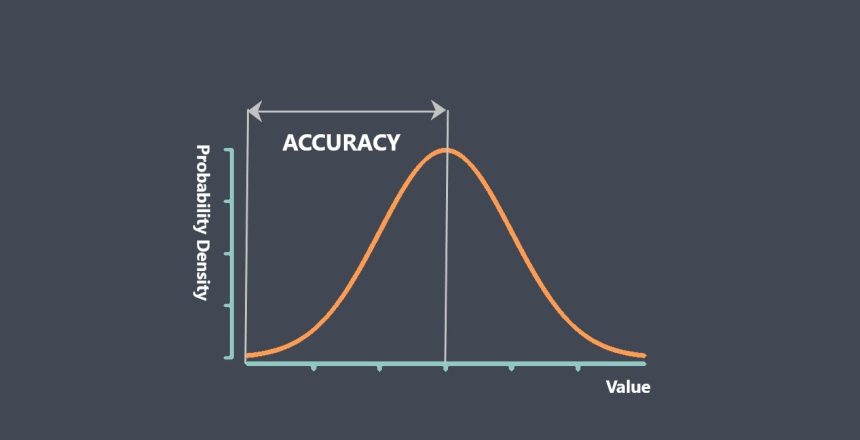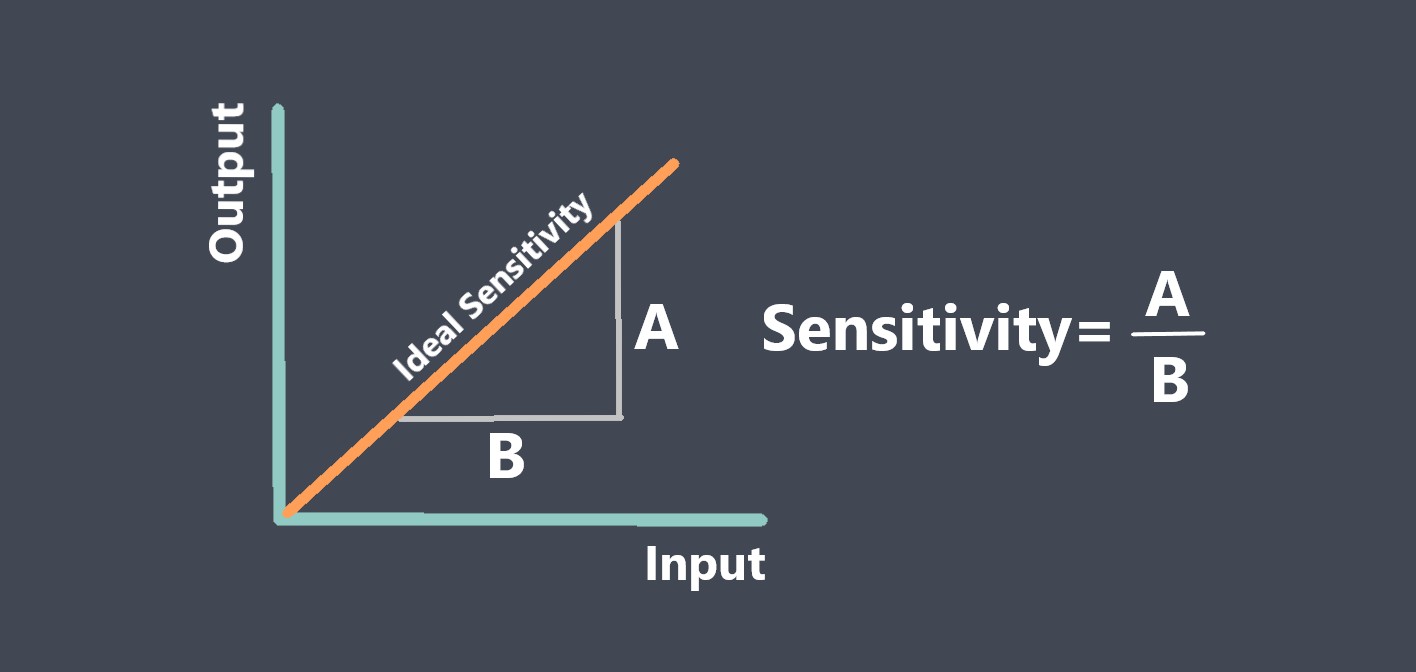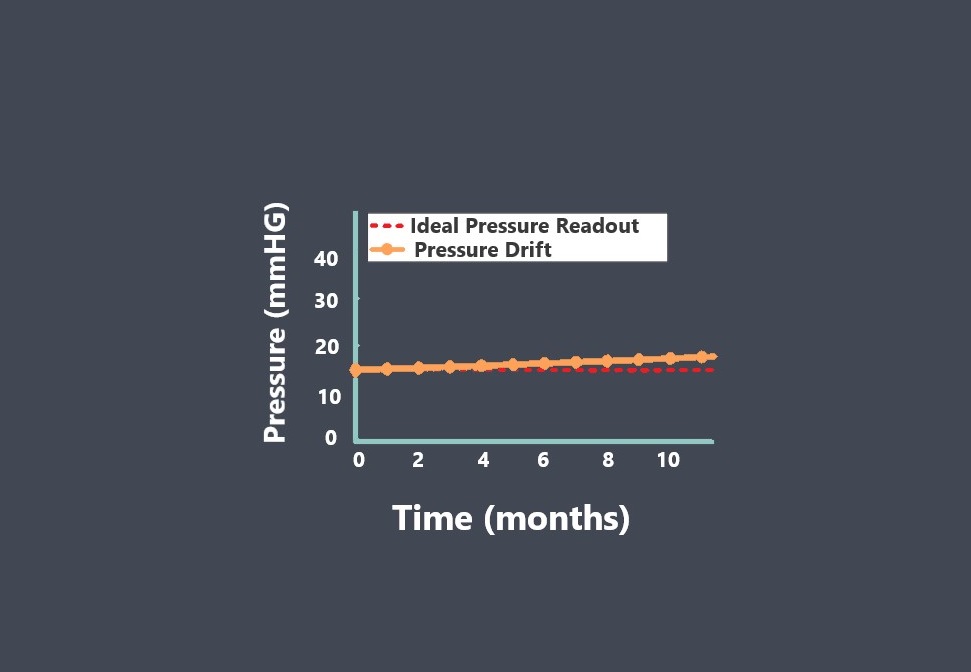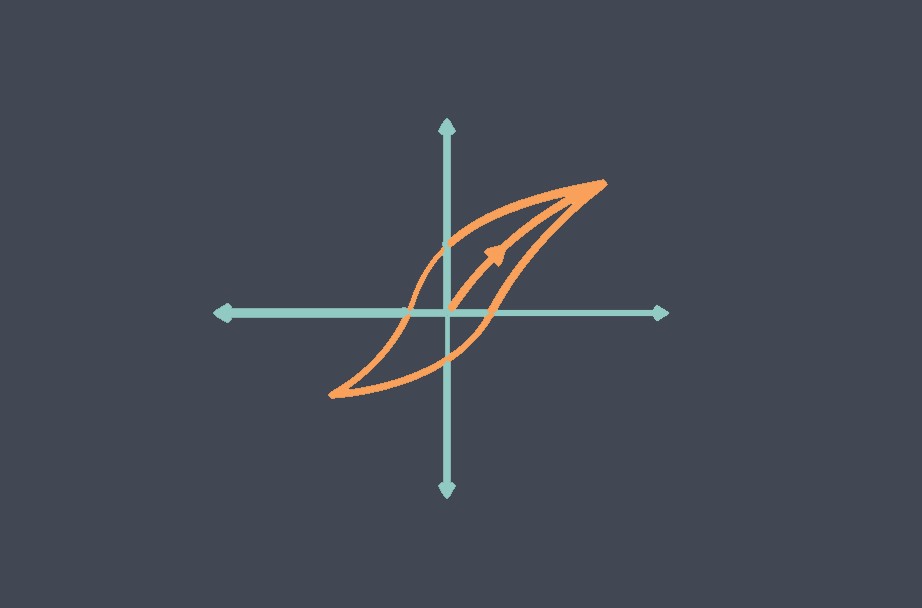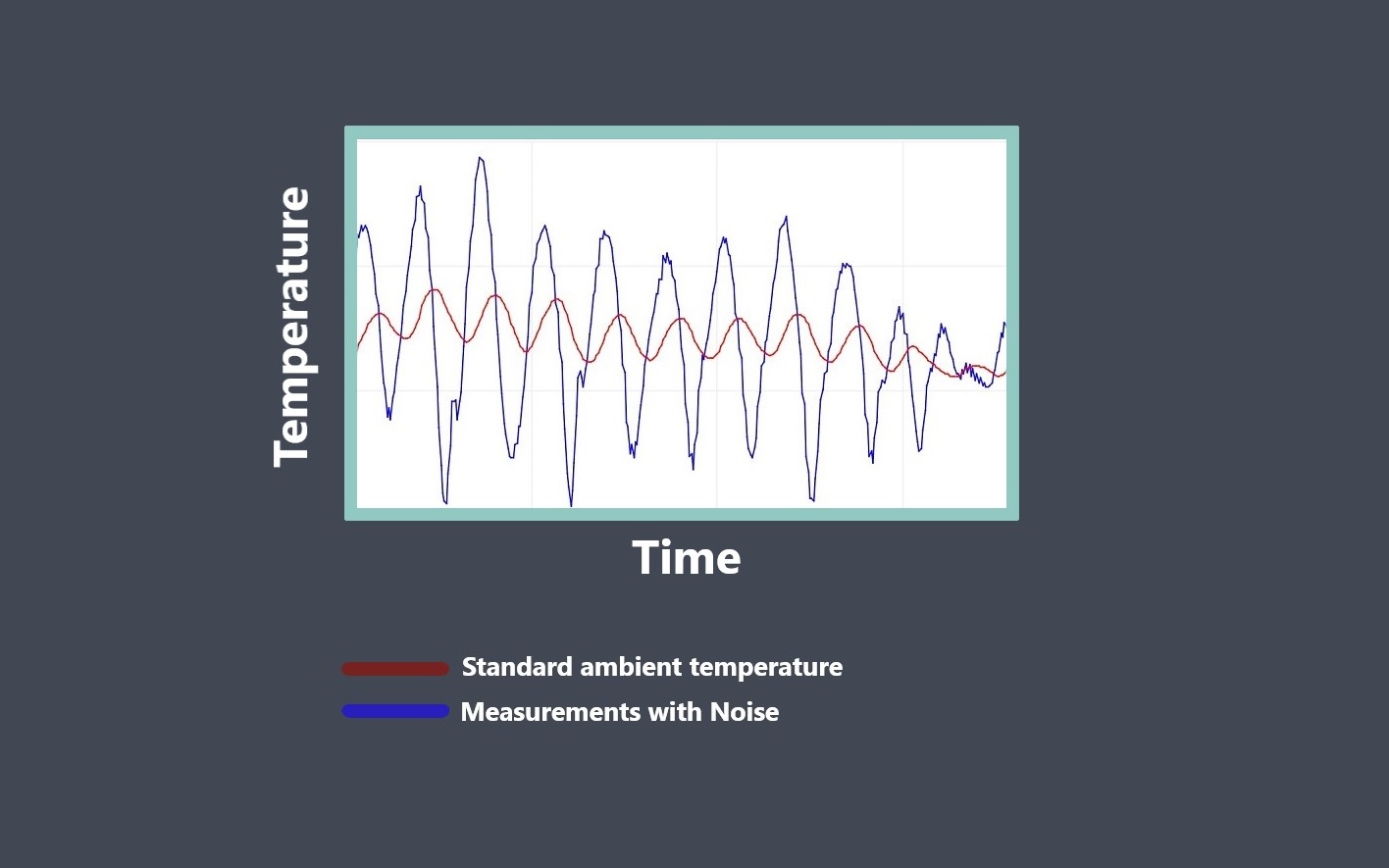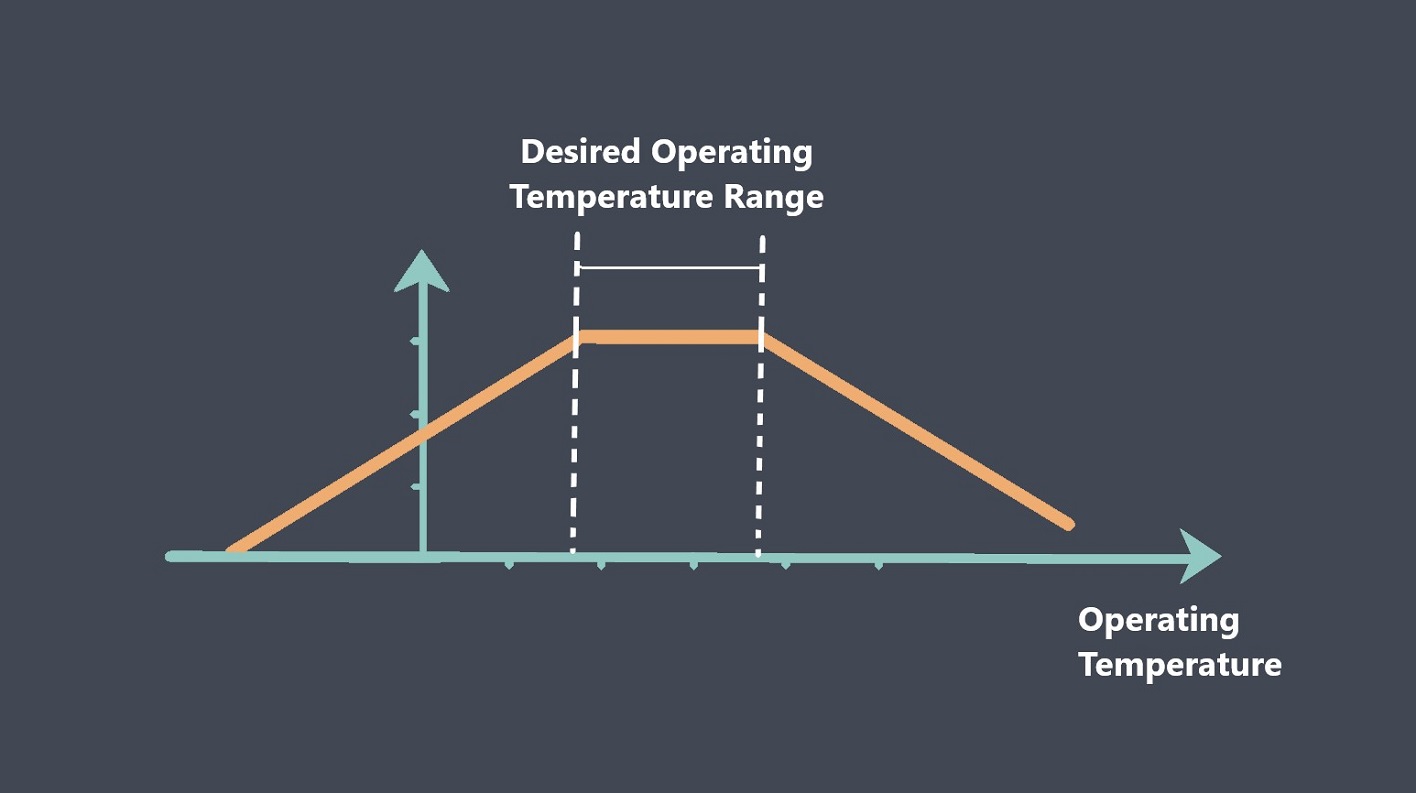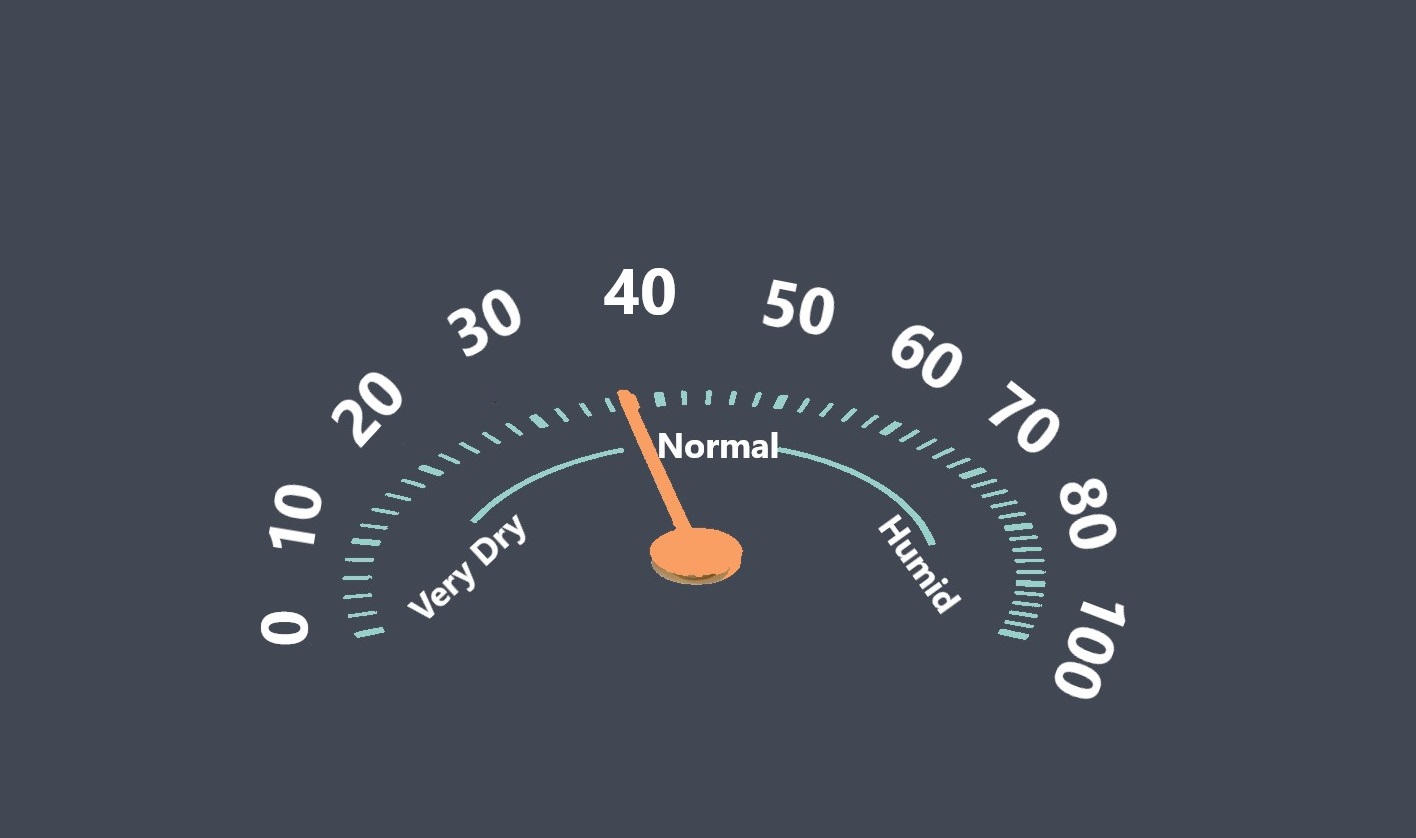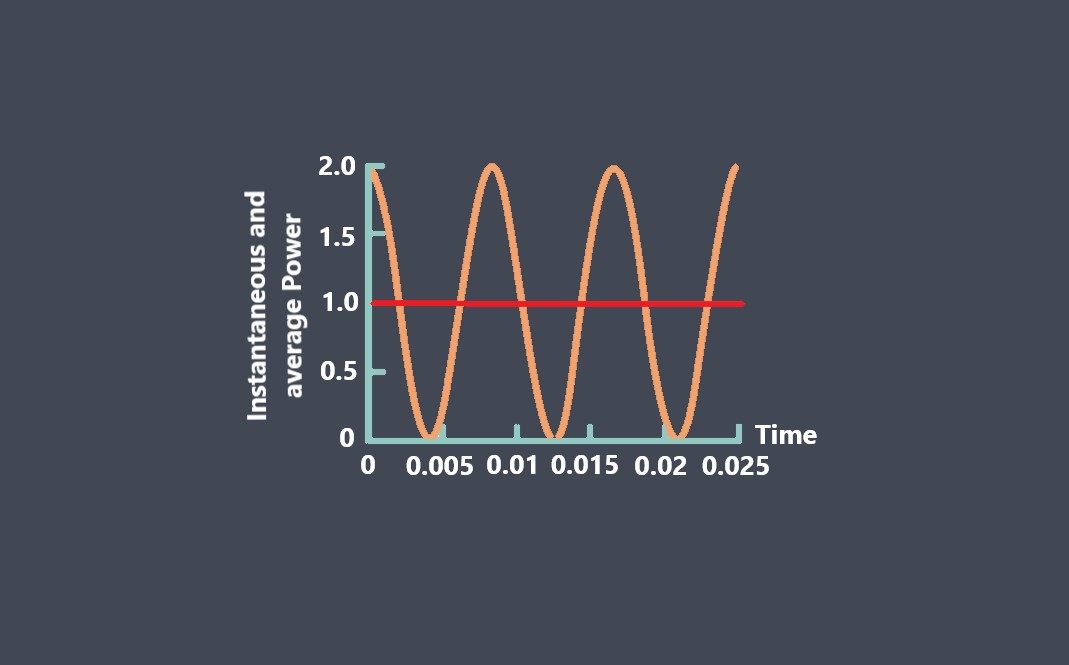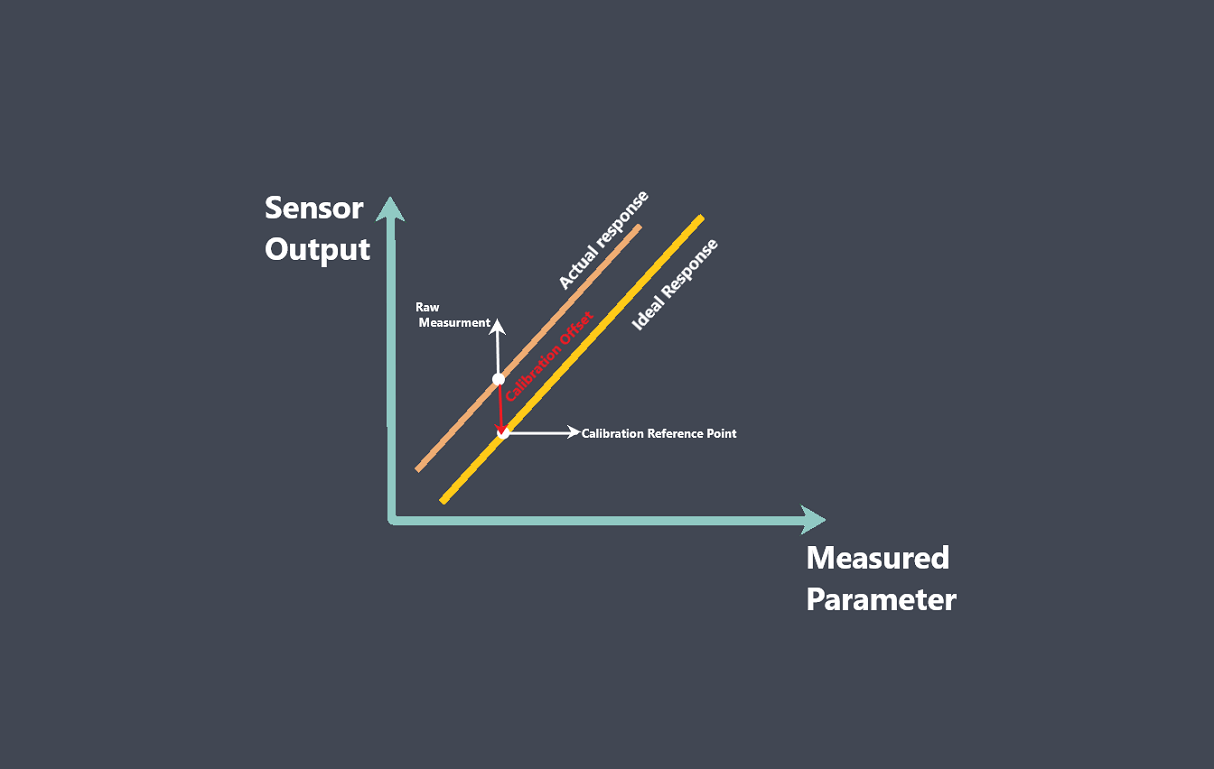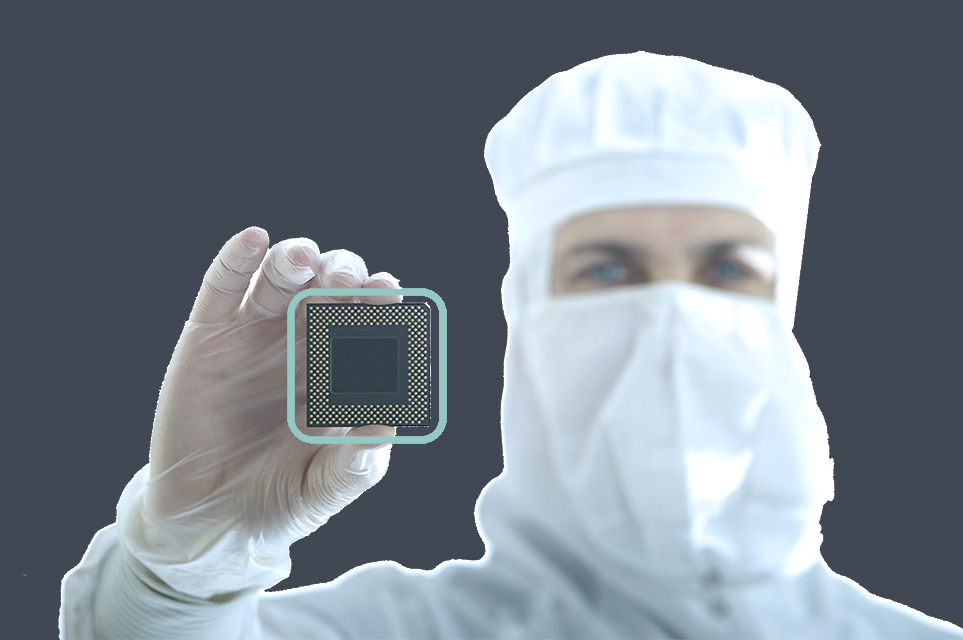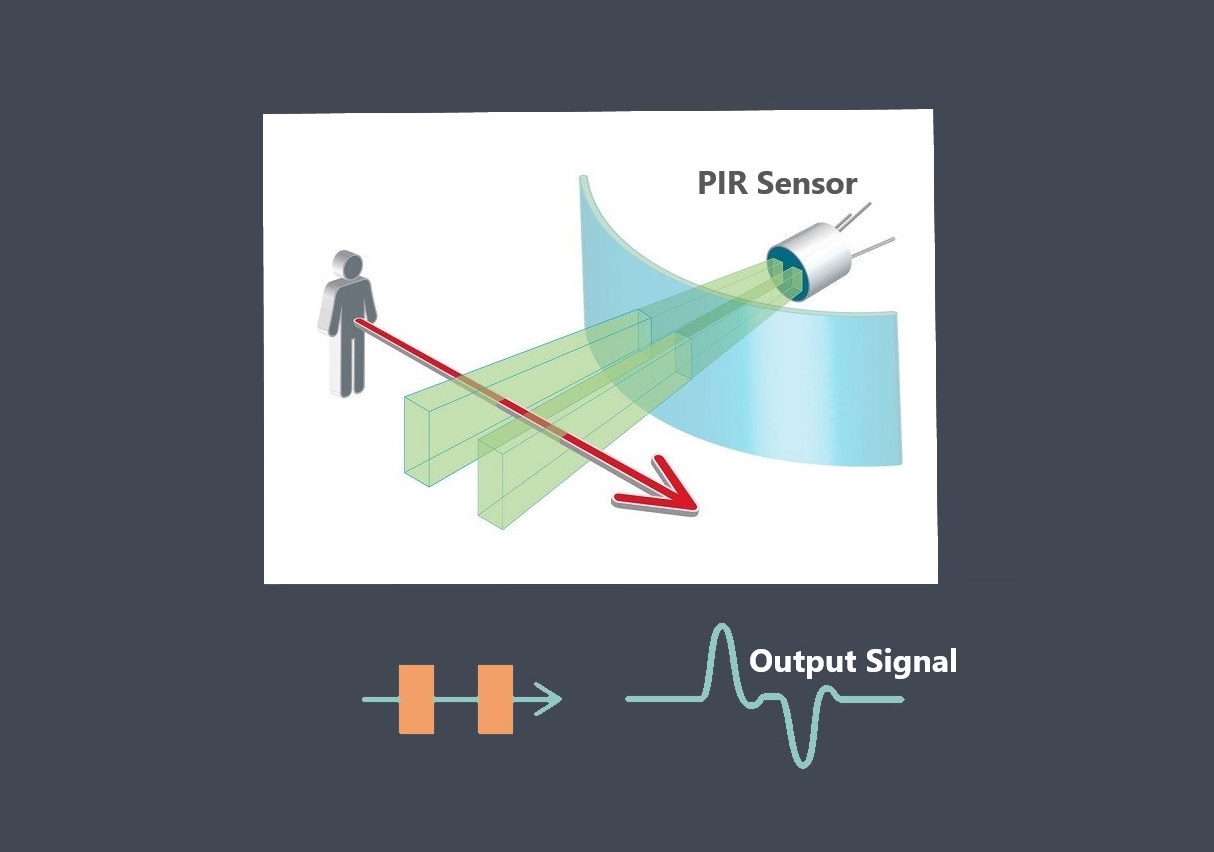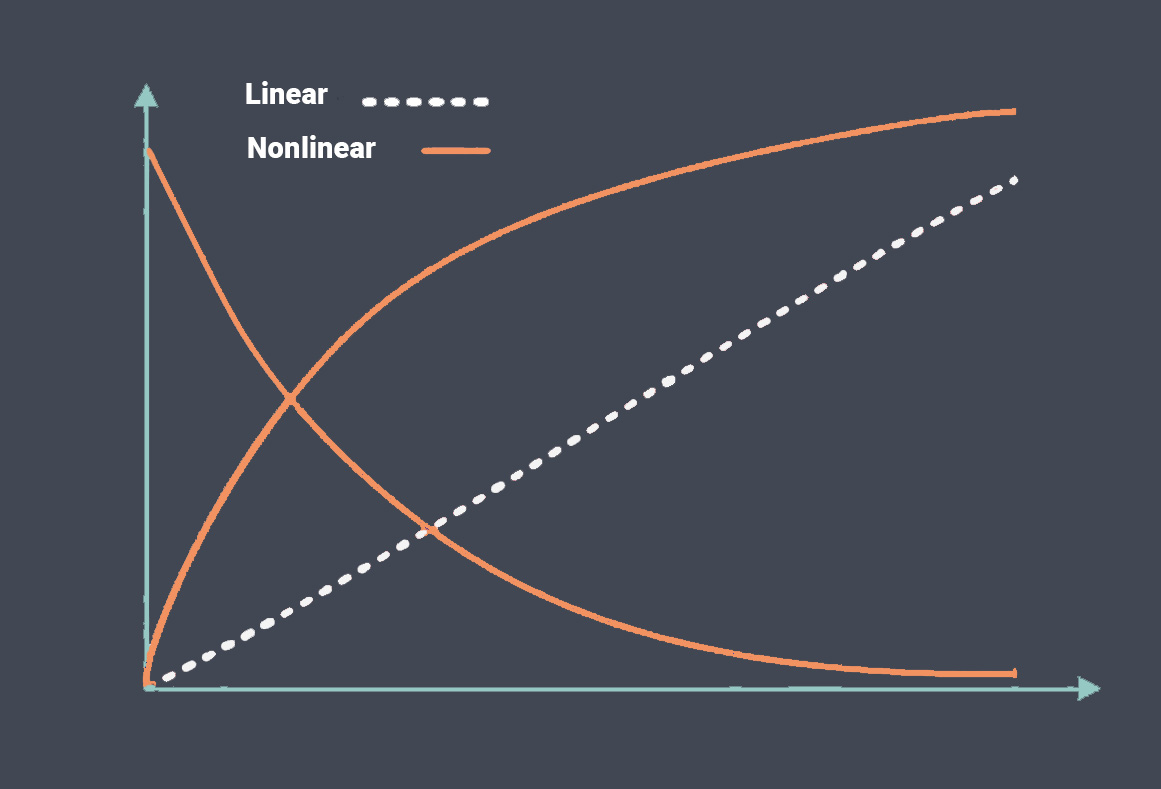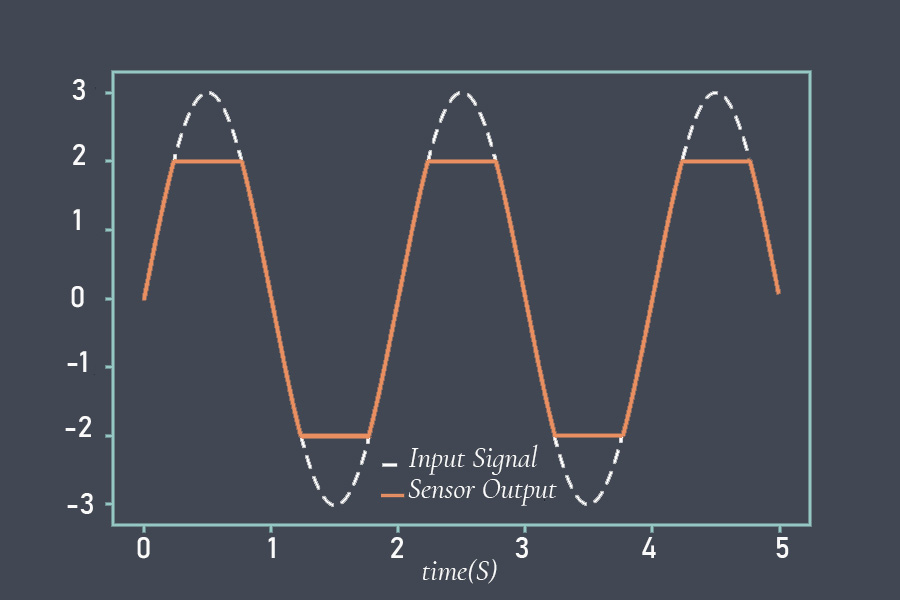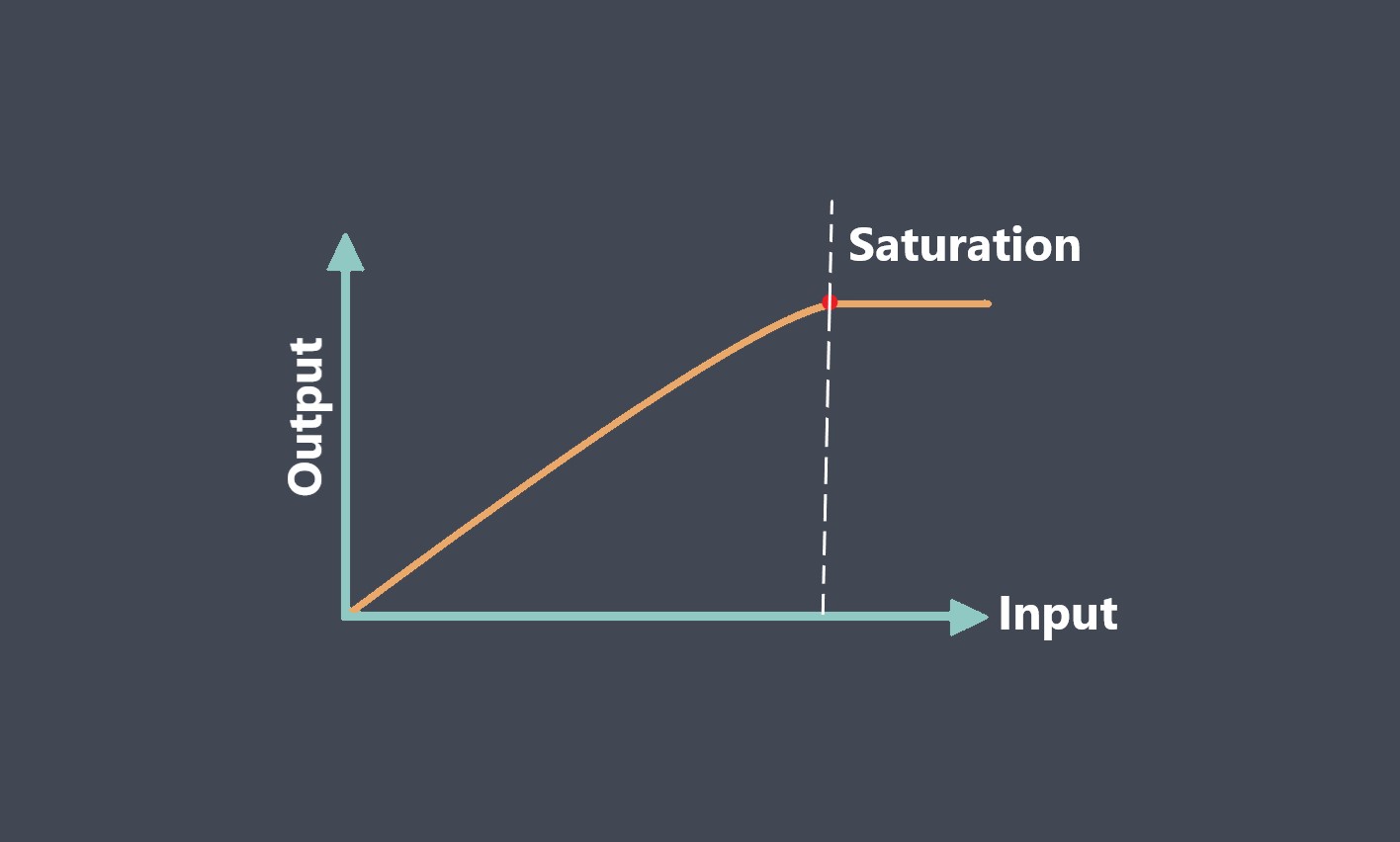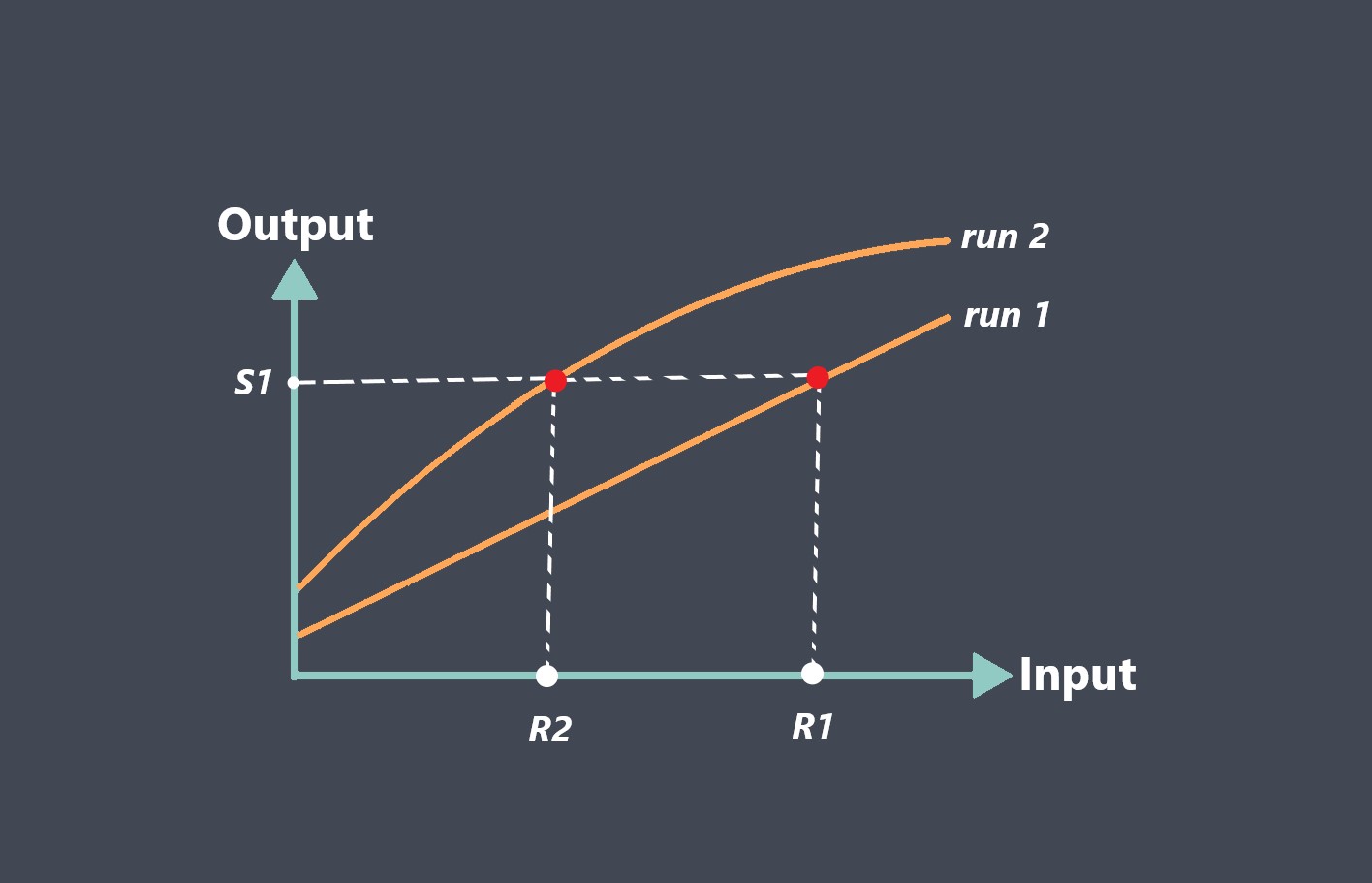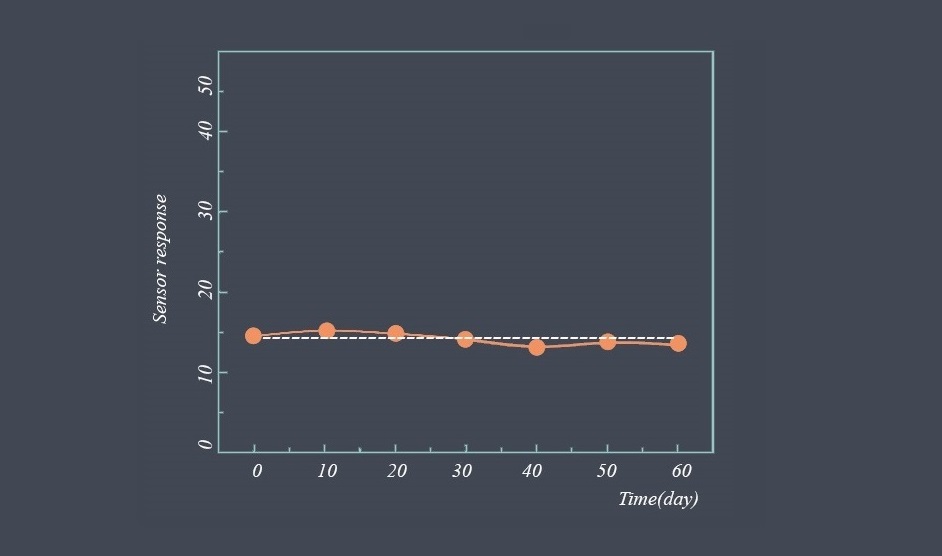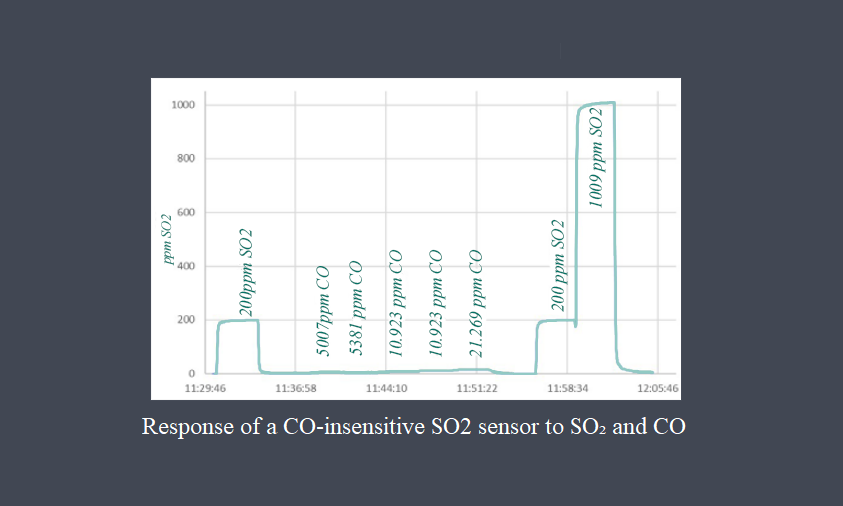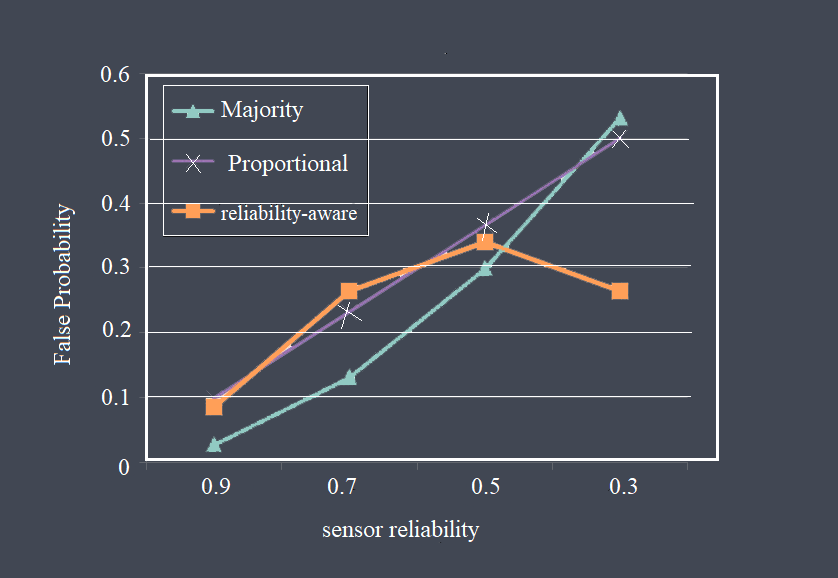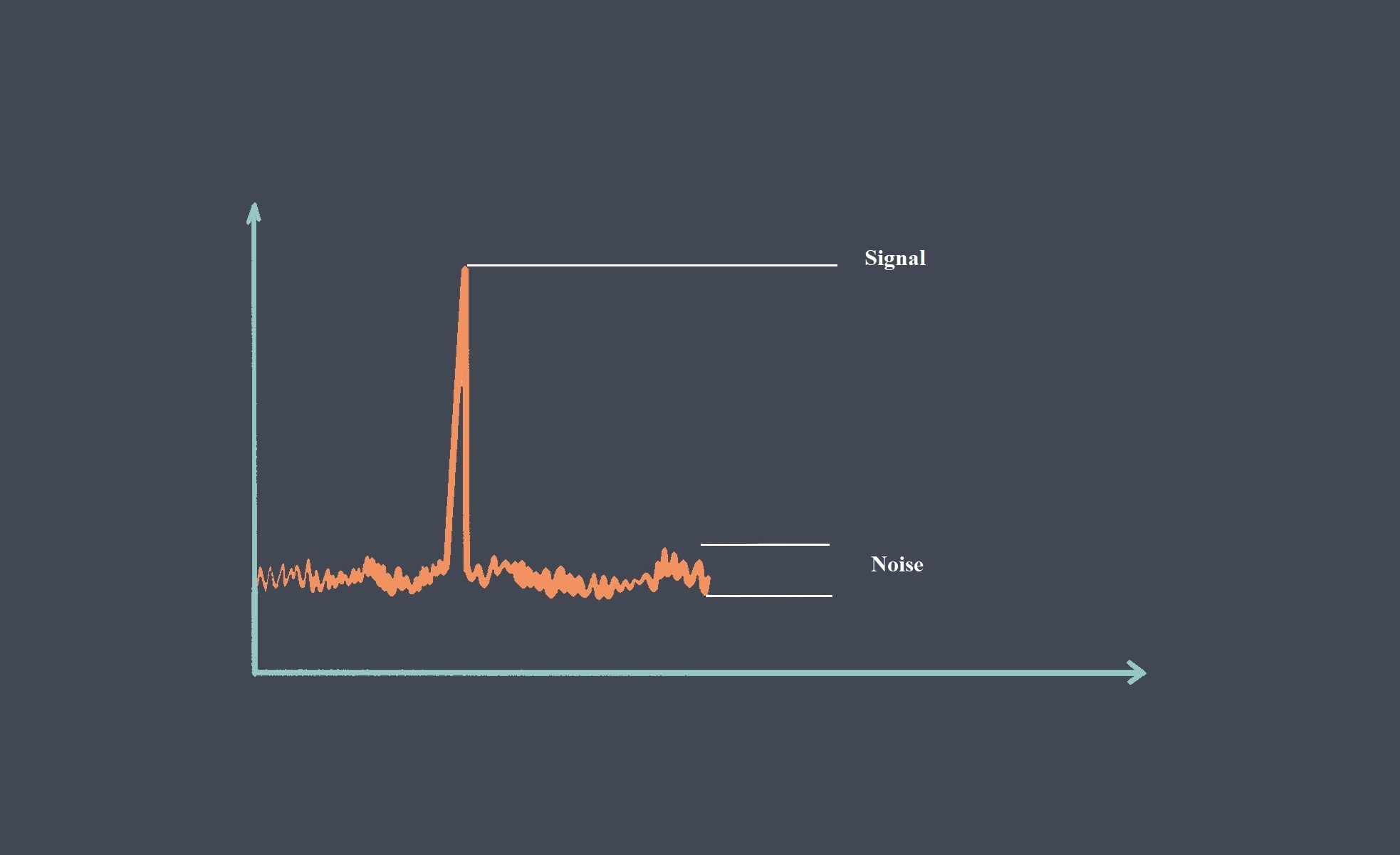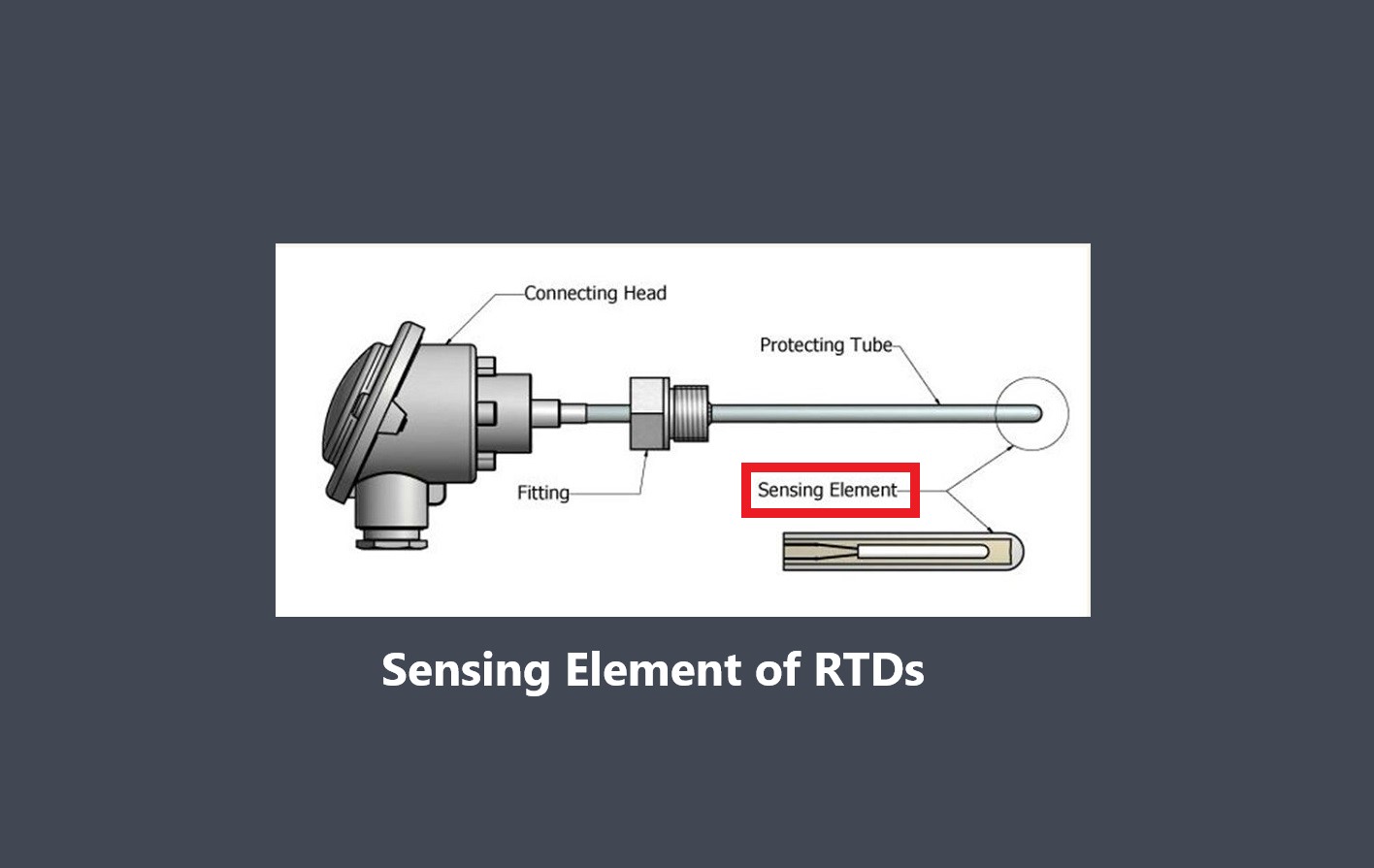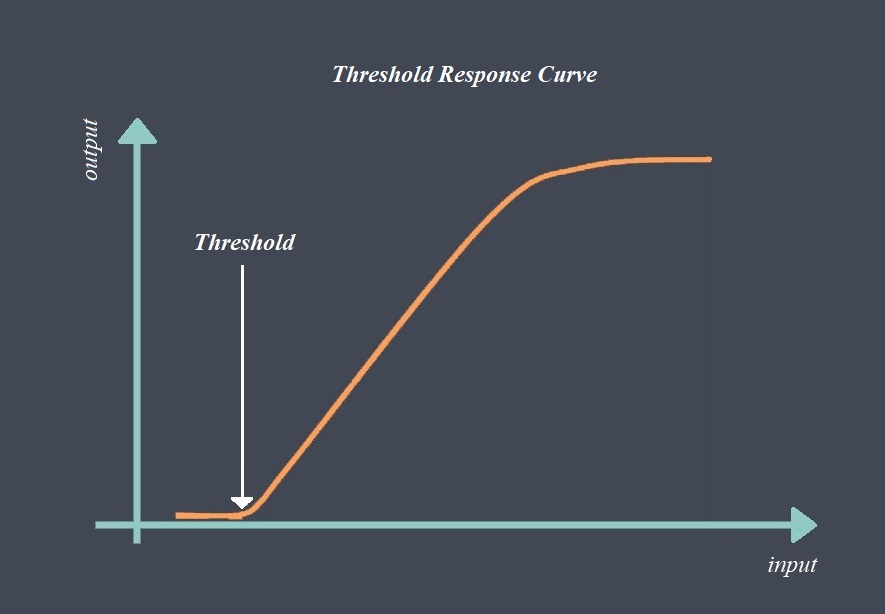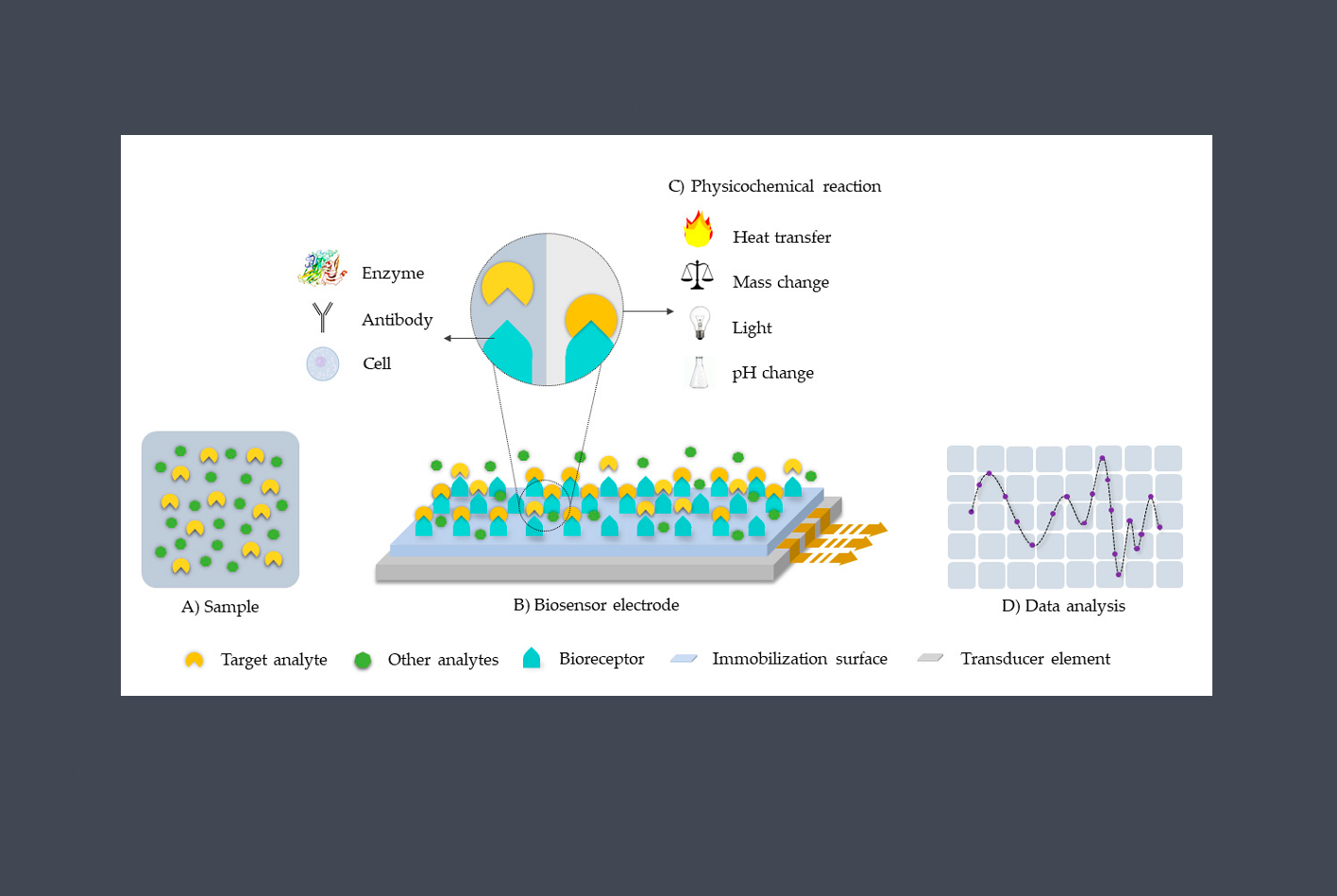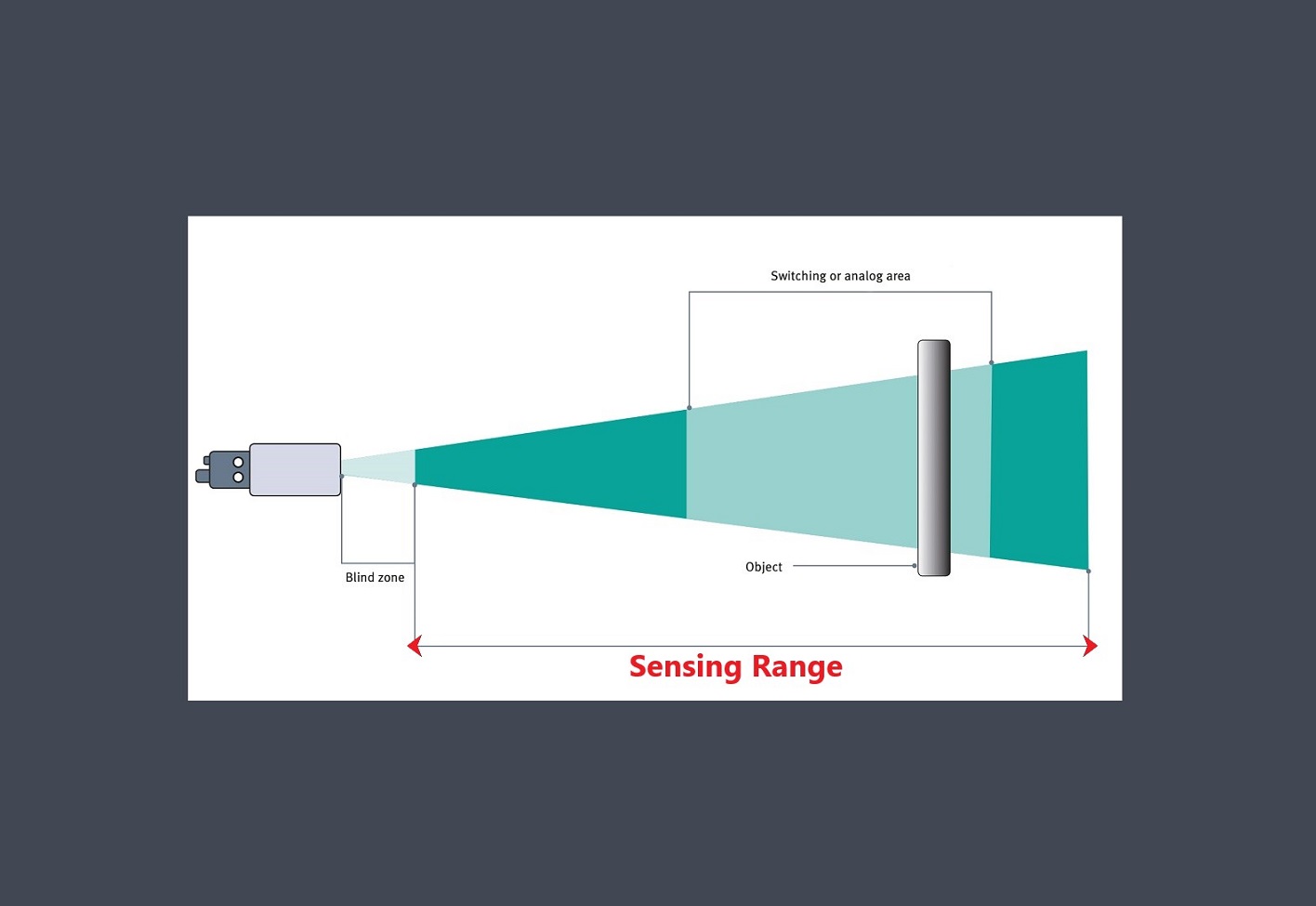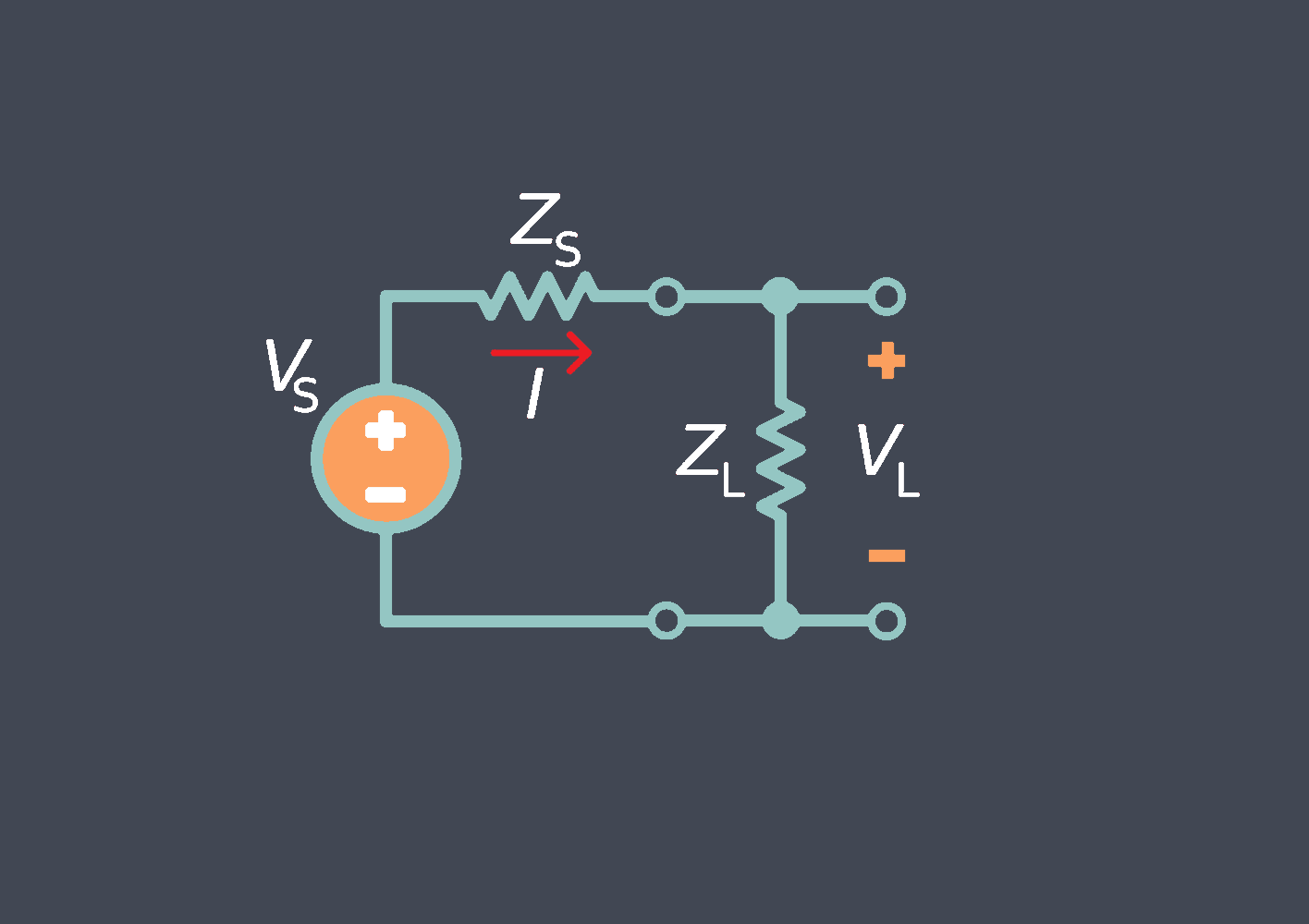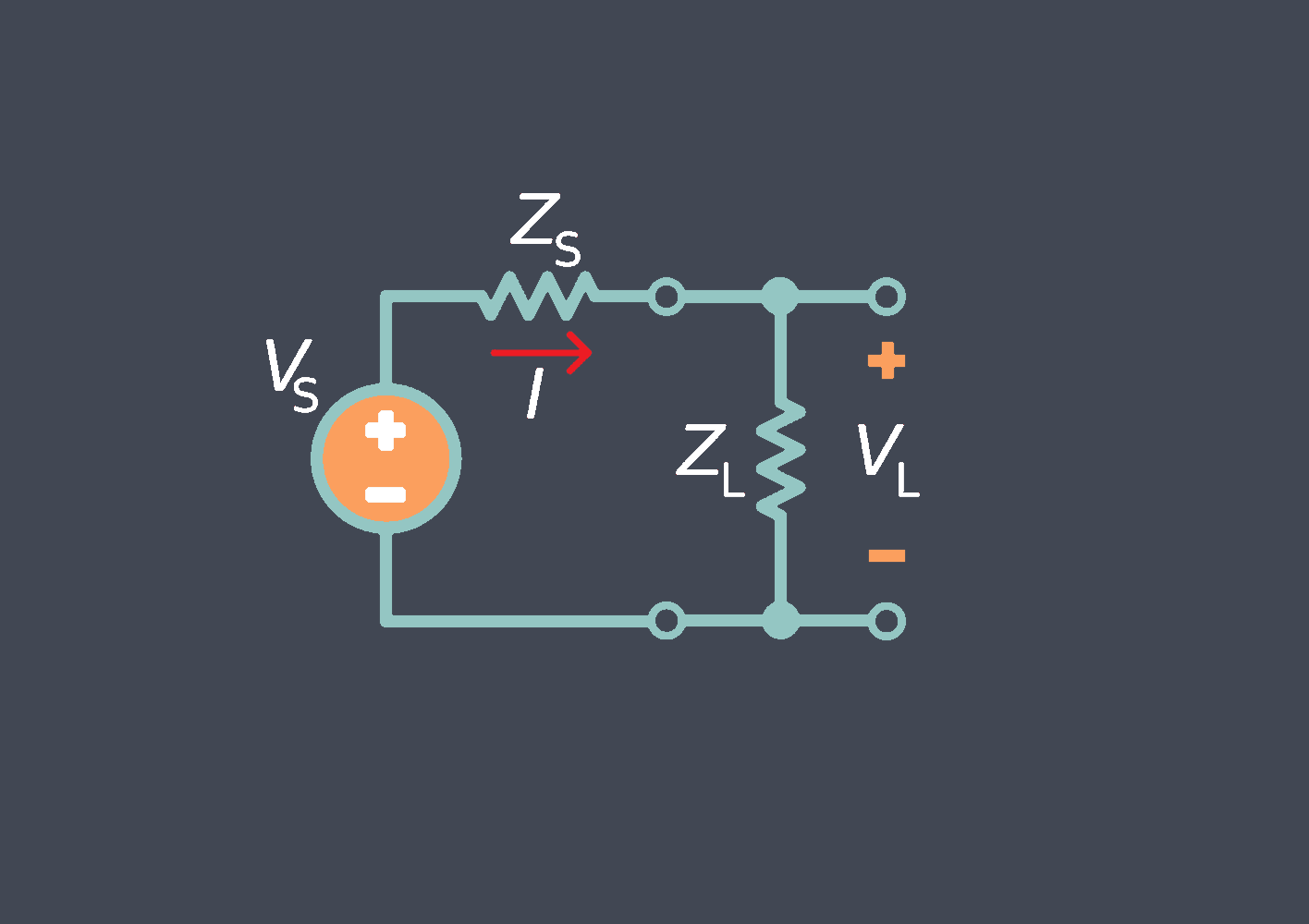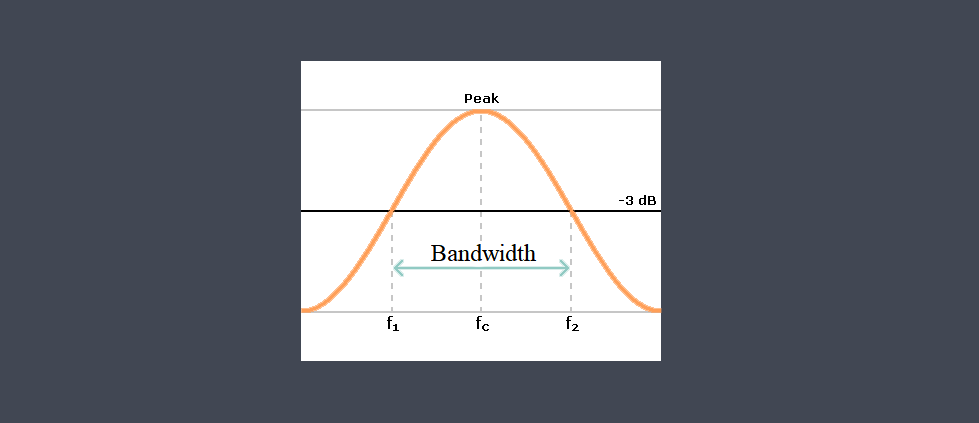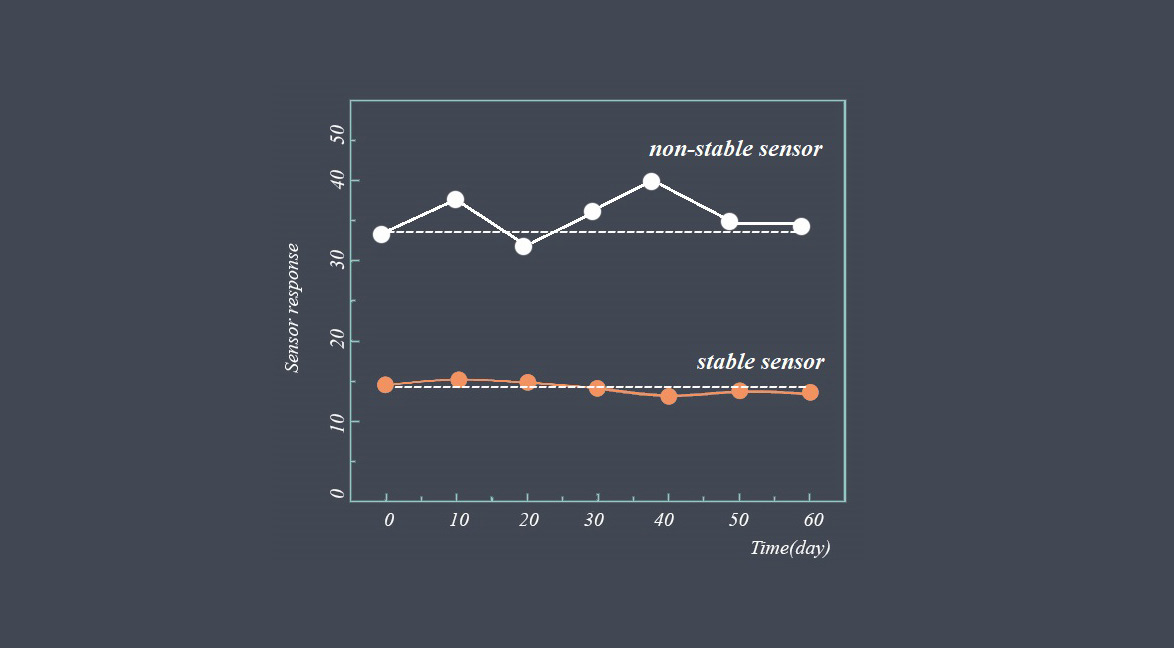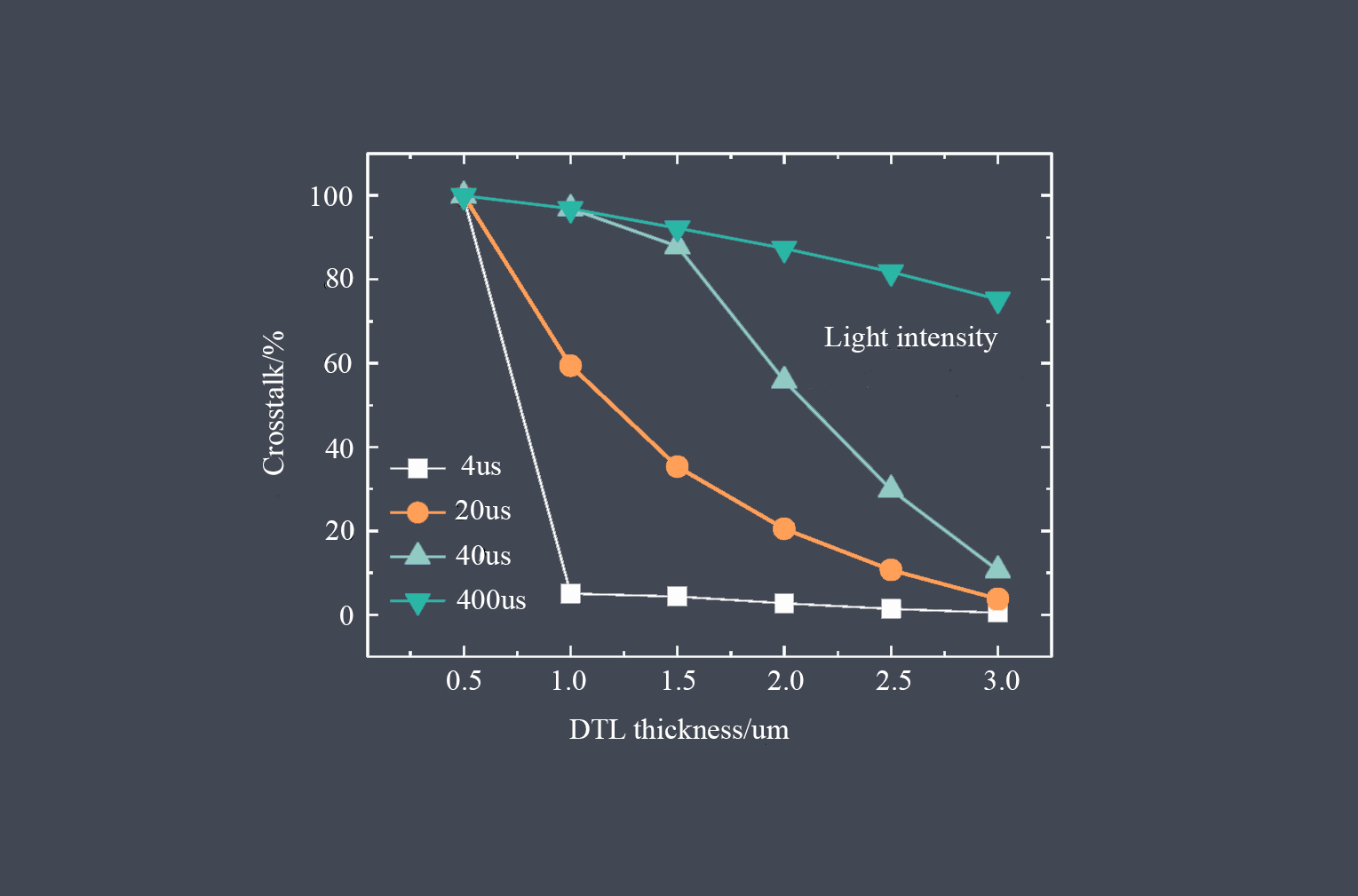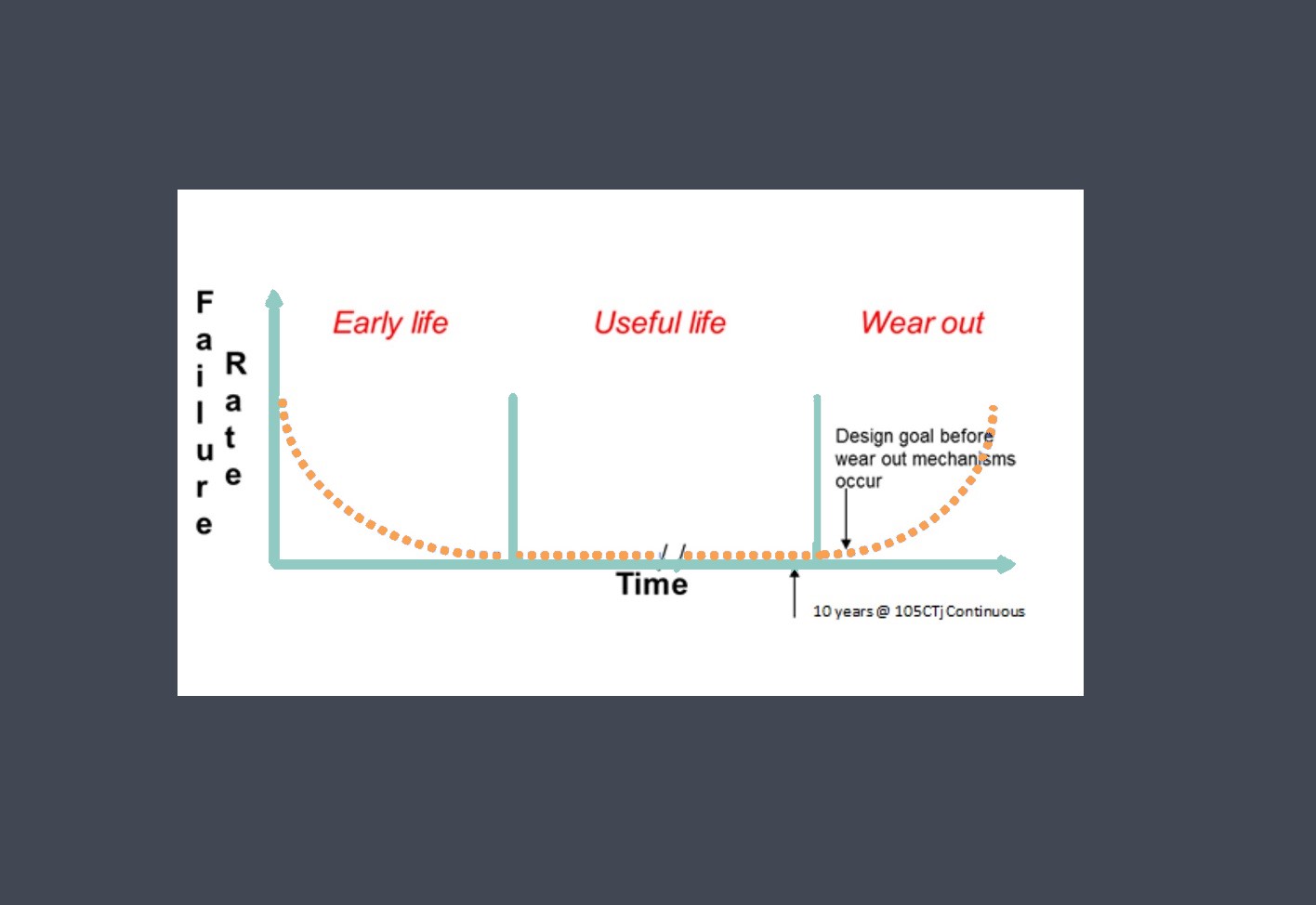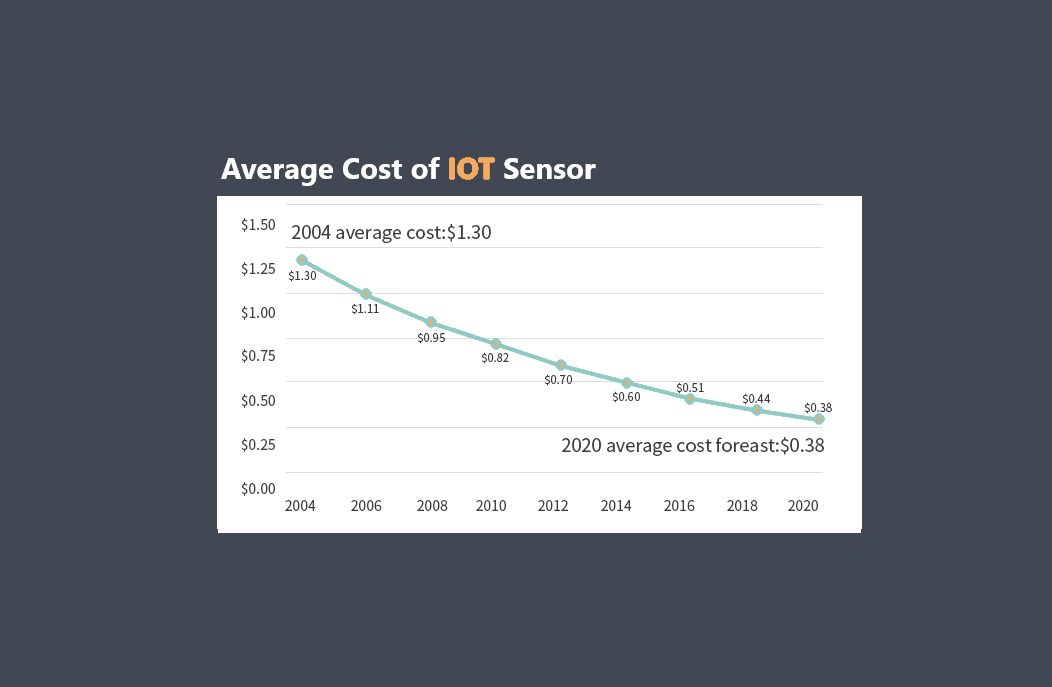
Sensor accuracy refers to how close a sensor measurements are to the true or expected value. It is a measure of the sensor’s ability to provide precise and reliable data. An accurate sensor will consistently produce results that are very close to the actual value being measured.
Sensor accuracy refers to the degree to which a sensor’s measurements match the true or expected value of the quantity being measured. In other words, it is a measure of how close the sensor output is to the actual value of the input signal.
For example, a thermometer that reads the temperature of a room as 25°C when the actual temperature is 24°C would be considered less accurate than one that reads the temperature as 24.5°C. Similarly, a sensor that measures the weight of an object and reports it as 100 grams when the actual weight is 99.5 grams would be considered less accurate than one that reports the weight as 99.8 grams.
The accuracy of a sensor is typically expressed as a percentage of the full-scale range of the sensor’s output. For example, a sensor with a full-scale range of 0-100°C and an accuracy of ±1°C would be expected to measure within 1°C of the true temperature 95% of the time.
Why is sensor accuracy important?
The accuracy of a sensor is important because it directly affects the quality of the data or measurements obtained from the sensor. Sensors are devices that are used to measure physical quantities such as temperature, pressure, force, and light intensity. The accuracy of a sensor refers to how close the readings obtained from the sensor are to the true value of the quantity being measured.
If a sensor is inaccurate, the measurements it provides may be significantly different from the true value. This can lead to errors in any analysis or decision-making based on the sensor’s data. For example, if a temperature sensor in a chemical plant is inaccurate, it could result in incorrect readings of temperatures, leading to equipment failure or even safety hazards.
Therefore, accuracy is a critical factor to consider when selecting and using sensors, particularly in applications where high precision is required.
What is the difference between accuracy and precision?
Sensor accuracy and precision are two important factors used to evaluate the performance of sensors. Although they are related, accuracy and precision refer to different aspects of a sensor’s measurement capabilities.
Accuracy: Accuracy refers to how close the measured value of a sensor is to the true or known value of the quantity being measured. In other words, accuracy measures the degree of agreement between the sensor’s measurements and the actual values. An accurate sensor produces measurements that are close to the true value, indicating minimal systematic errors or biases.
Precision: Precision, on the other hand, measures the repeatability and consistency of a sensor’s measurements. It refers to the ability of a sensor to produce consistent results when measuring the same quantity repeatedly. A precise sensor will yield measurements with little variation or scatter around the average value, indicating minimal random errors.
To illustrate the difference between accuracy and precision, imagine throwing darts at a target. Accuracy would correspond to hitting the bullseye consistently, regardless of whether it is located in the center of the target or not. Precision, on the other hand, would correspond to repeatedly hitting the same spot on the target, even if it is far from the bullseye.

In summary, accuracy relates to the agreement between measured and true values, while precision relates to the consistency and reproducibility of the measurements. A sensor can be accurate but not precise (consistent but offset from the true value), precise but not accurate (consistently off-target), both accurate and precise (close to the true value with little variation), or neither accurate nor precise (inconsistent and far from the true value).
What factors affect the accuracy of the sensor?
There are several factors that can affect the accuracy of a sensor, including:
Calibration
If a sensor is not properly calibrated, it may provide inaccurate readings.
Environmental conditions
The environment in which a sensor is used can have an impact on its accuracy. Factors such as temperature, humidity, and atmospheric pressure can all affect sensor readings.
Interference
Interference from other electronic devices or sources of electromagnetic radiation can interfere with sensor readings.
Sensor drift
Over time, the performance of a sensor can gradually change (sensor drift), resulting in a gradual loss of accuracy.
Sensor resolution
The resolution of a sensor, i.e., the smallest change it can detect, can also impact its accuracy.
Sampling rate
The speed at which a sensor takes measurements can also affect its accuracy. If the sampling rate is too low, it may miss important information.
Sensor placement
Where the sensor is placed can also impact its accuracy. If the sensor is not located in the right place, or if it is obstructed in some way, it may produce inaccurate readings.
How to measure sensor accuracy?
There are different methods for measuring sensor accuracy, but here are some common approaches:
Calibration
This involves comparing the sensor output with a reference standard or known input and adjusting the sensor measurement to match the reference. Calibration can be done using specialized equipment or by comparing the readings of multiple sensors that have been calibrated.
Reproducibility
This measures the consistency of the sensor output over time and under varying conditions. Reproducibility can be assessed by taking multiple measurements of the same parameter under different conditions and comparing the results.
Linearity
This measures how well the sensor output matches a straight line relationship with the input signal. A non-linear sensor may need to be corrected using calibration curves or mathematical models.
Sensitivity
This measures the change in sensor output for a given change in input signal. Sensitivity can be determined by applying small changes in the input and measuring the corresponding changes in output.
Resolution
This measures the smallest change in input signal that can be detected by the sensor. Resolution can be determined by applying small changes in input signal and observing the corresponding changes in output.
Overall, it is important to take into account the specific characteristics and requirements of the sensor and the application when selecting and evaluating sensor accuracy.
Accuracy calculation formula
The accuracy of a sensor is typically expressed as a percentage of the full-scale range of the sensor’s output. Here is the formula for calculating the accuracy of a sensor, you can calculate the accuracy of a sensor through this formula:

where
- Measured Value is the value reported by the sensor.
- True Value is the actual or expected value of the quantity being measured
- Full-Scale Range is the maximum range of the sensor’s output, usually expressed in engineering units (e.g. volts, amps, degrees Celsius, or grams)
For example, let’s say we have a temperature sensor with a full-scale range of 0-100°C and a measured value of 25°C. If the true temperature is 24°C, the accuracy of the sensor can be calculated as follows:
Accuracy = (25°C – 24°C) / 100°C x 100% = 1%
This means that the sensor has an accuracy of 1%, which indicates that it can measure temperature within 1% of the full-scale range of the sensor’s output.
How to find best sensor with best accuracy for our project?
Finding the best sensor with the highest accuracy for your project depends on several factors, including the specific requirements and constraints of your project. However, here are some general steps you can follow to find the best sensor for your needs:
Define the measurement parameters
Determine what physical quantity you need to measure (e.g. temperature, pressure, humidity, etc.) and the range of values you need to measure.
Identify sensor options
Research available sensors that can measure the parameter you identified in step 1. Consider factors such as accuracy, resolution, response time, and cost.
Evaluate sensor performance
Once you have a list of potential sensors, evaluate their performance by looking at datasheets and technical specifications. Look for details like the accuracy, linearity, repeatability, and stability of each sensor.
Consider environmental factors
Consider any environmental factors that may affect the performance of the sensor, such as temperature, humidity, or electromagnetic interference.
Test the sensor
Once you have narrowed down your options, test the sensors under conditions similar to those of your project to determine which one provides the best accuracy and performance.
By following these steps, you probably should be able to identify the sensor with the best accuracy for your specific project.

